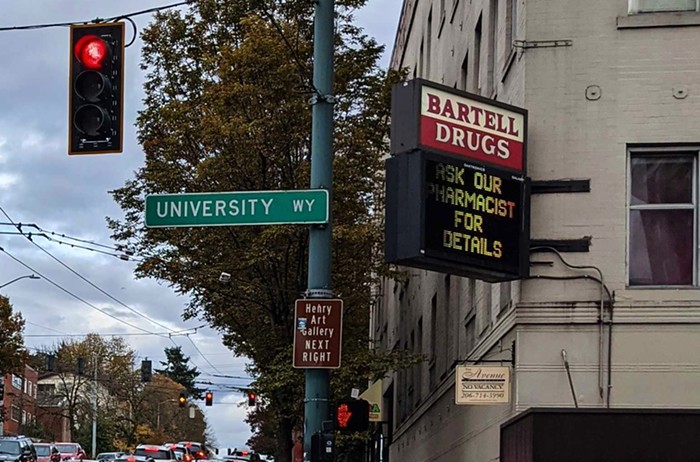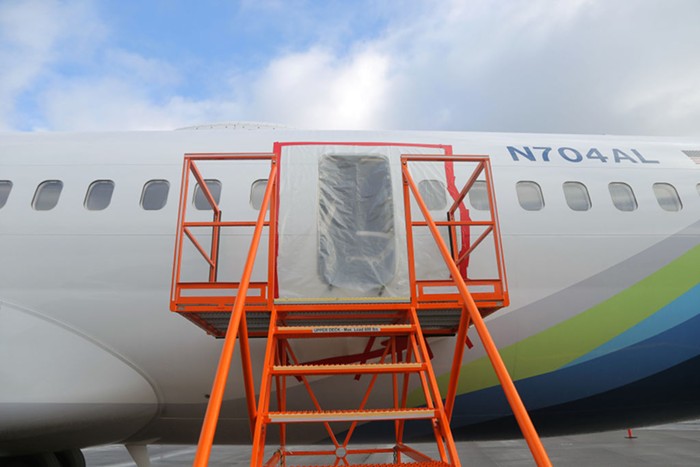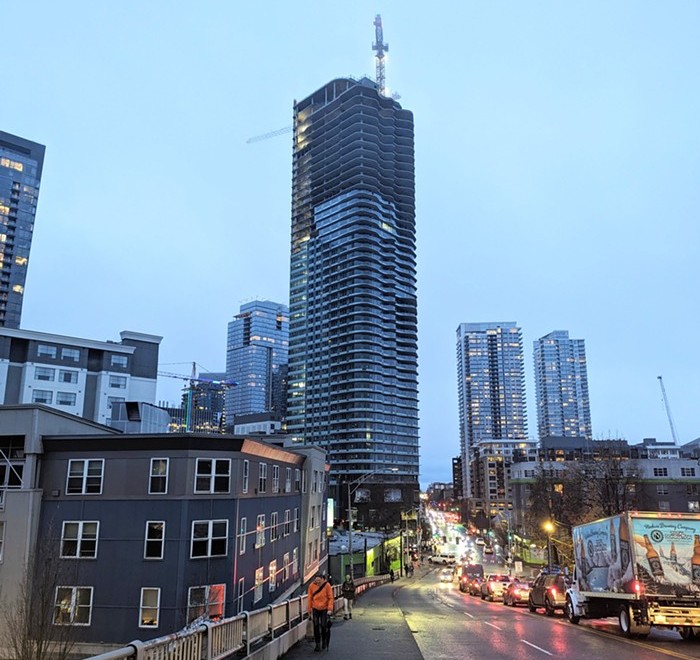
The American president refuses to wear a face mask. Those occupying the White House's top positions are following suit because they want to stay in a very difficult place to be: on Trump's good side.
Similarly, the folks at a number of recent anti-lockdown protests made a point of not wearing face masks. A security guard was shot to death by a man who refused to wear a face mask in a Flint, Michigan Family Dollar store. But even here in rich and progressive Seattle, a city receiving a lot of national attention for listening to its scientists and coordinating an effective "unified approach," many (indeed, too many) walk up and down the streets, visit parks, and shop with barenaked faces.
Why this resistance to face masks, which are almost indispensable for the rapid reduction of the infection rate, and which will certainly be the first line of defense in a post-pandemic world?
There are three reasons main reasons. One is, of course, racial; another concerns the stubbornness of American individualism; and the last has something to do with the preservation of Yankee manliness. Let's open and examine each of these significant cultural barriers to the successful short- and long-term social management of the present pandemic.
Those who live in a US city with a large East Asian population are familiar with the custom of wearing face masks. In the pre-coronavirus world, East Asians of all ages predominantly wore them in public places and spaces, and on modes of transportation. This practice has a long history that's described by the pop culture critic Jeff Yang in a 2014 Quartz article called: "A quick history of why Asians wear surgical masks in public."
Yang locates the birth of mask-wearing in Japan "during the early years of the 20th century, when a massive pandemic of influenza killed between 20 and 40 million people around the world." An earthquake in 1923 that "triggered a massive inferno that consumed nearly 600,000 homes in the most populous part of the nation" also contributed to the rising popularity of face masks. Then there was the "global flu epidemic in 1934" and the island nation's rapid industrialization in the 1950s.
Combine these 20th-century events and developments with, to use Yang's words, "Japan’s obsession with social courtesy," and what you have in the middle of the second decade of the 21st century is a $230 million market in Japan for surgical masks. Yang also points out that the "neighboring countries... facing chronic pollution issues—most notably China and Korea—have also adopted the practice."
What all of this means is that face masks are identified with Asians. And a lot of Americans will racially read them as an Asian thing, as foreign, as ultimately unAmerican—which in the US always means anything that's distinct from and threatens the purity of white culture.
There is certainly a lot of white pride in Trump's refusal to make face masks American, though it is mixed with an instinct that's so culturally deep that it's felt by whites and blacks alike, Yankee manliness, the subject of a great tune by Broadcast, and the substance for the last post in this three-part series.

I will conclude this post with a prescient passage in a short book by the Italian cultural theorist Franco "Bifo" Berardi, The Uprising: On Poetry and Finance:
The horizon of our time is marked by the Fukushima event. Compared to the noisy catastrophes of the earthquake and the tsunami, Tokyo's silent apocalypse is more frightening and suggests a new framework of social expectation for daily life on the planet. The megalopolis is directly exposed to the Fukushima fallout, but life is proceeding almost normally. Only a few people have abandoned the city. Most citizens have stayed there, buying mineral water as they have always done, breathing with facemasks on their mouths as they have always done. A few cases of air and water contamination are denounced. Concerns about food safety have prompted US officials to halt the importation of certain foods from Japan. But the Fukushima effect does not imply a disruption of social life: poison has become a normal feature of daily life, the second nature we have to inhabit.

















